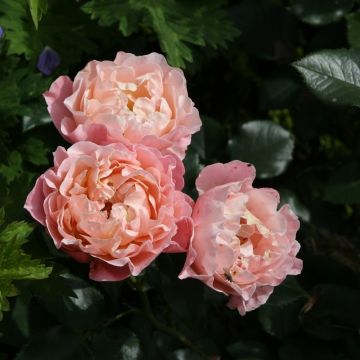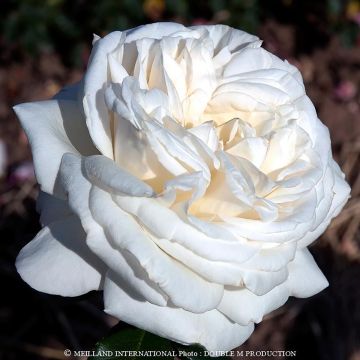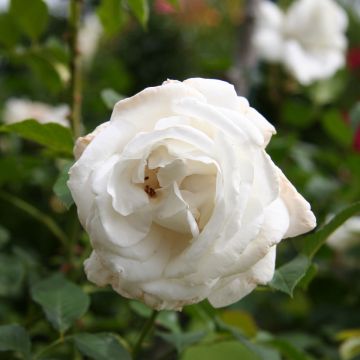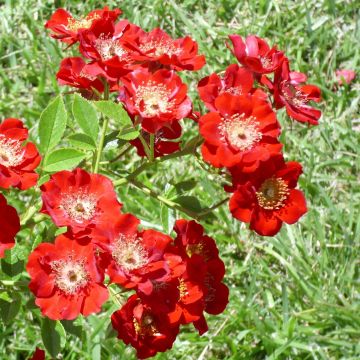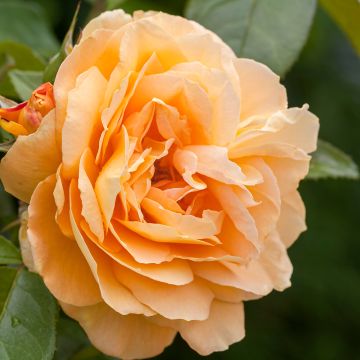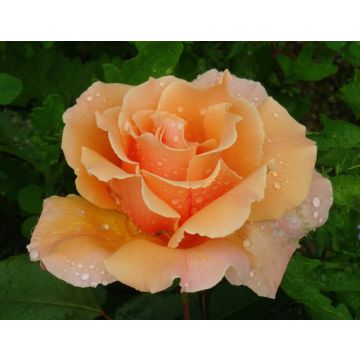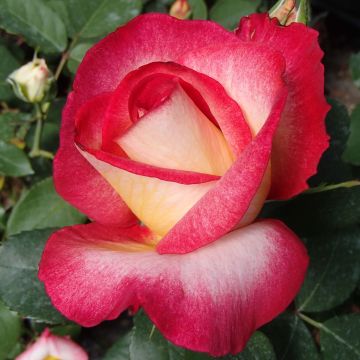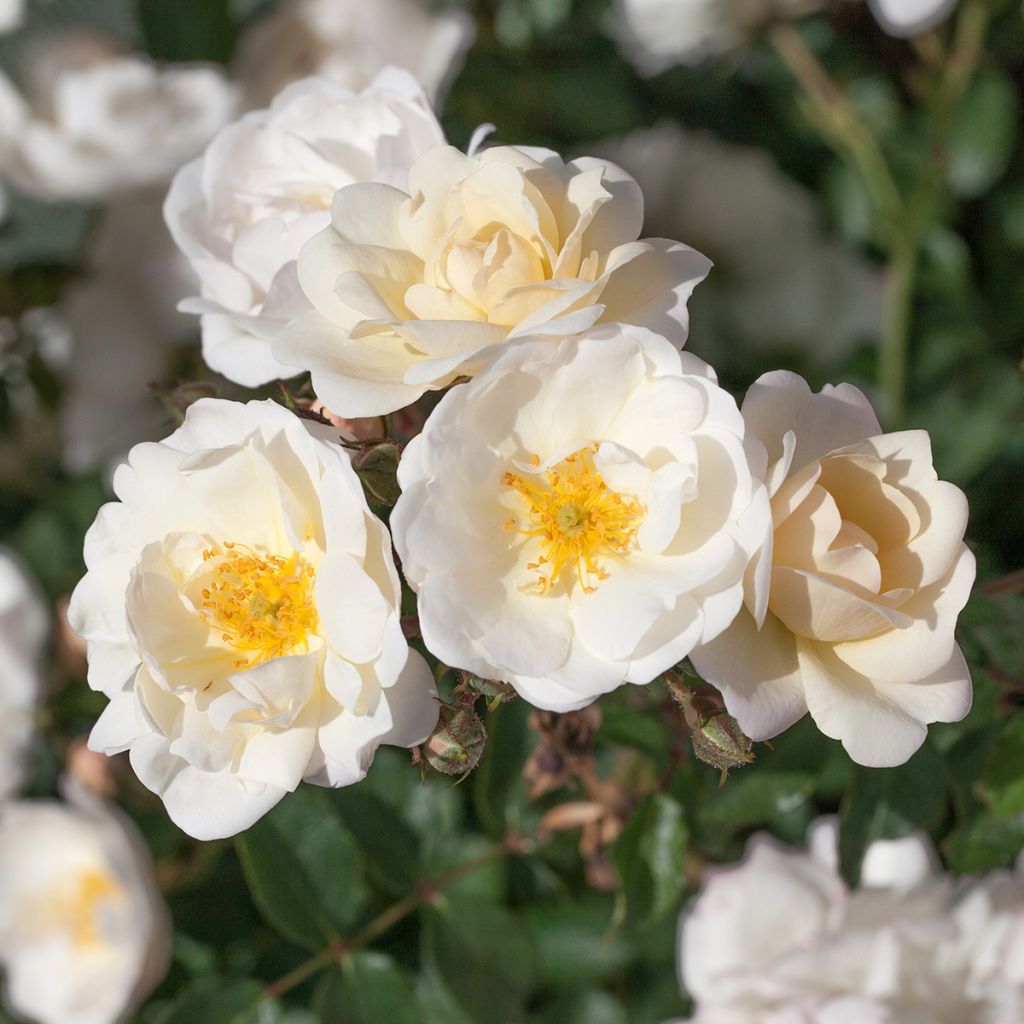

Rosa floribunda La Grande Motte
Rosa floribunda La Grande Motte
Rosa x floribunda Street Colors® La Grande Motte® Meimeigea
Floribunda Rose
Thanks to the individuals (for order preparation and shipping), the rose bush I received appears to be healthy. Planted along the edge of the pathway, I am now patiently waiting for it to take root... (or not?).
Thierry, 11/12/2023
This item cannot be shipped to the selected country
Delivery charge from €5.90
Delivery charge from €5.90
Delivery to Corse prohibited
More information
Schedule delivery date,
and select date in basket
This plant carries a 24 months recovery warranty
More information
We guarantee the quality of our plants for a full growing cycle, and will replace at our expense any plant that fails to recover under normal climatic and planting conditions.
From €5.90 for pickup delivery and €6.90 for home delivery
Express home delivery from €8.90.
From €5.90 for pickup delivery and €6.90 for home delivery
Express home delivery from €8.90.
Delivery to Corse prohibited: UE law prohibits the import of this plant from mainland France to Corse as part of the fight against Xylella fastidiosa. Please accept our sincere apologies.
More information
Does this plant fit my garden?
Set up your Plantfit profile →
Description
The Rosier Street Colours 'La Grande Motte' is a compact landscape rose bush with a slightly spreading habit, perfectly suited for small urban gardens and container plantings. It forms a dense, rounded bush covered in flowers from May until the first frost. Exceptionally disease-resistant and pollution-tolerant, its almost matte green foliage highlights its small pompon flowers in creamy white, slightly enhanced with straw yellow. Versatile and low-maintenance, it is also an ideal rose for beginners.
The La Grande Motte 'Meimeigea' Rose is a Meilland landscape rose part of a new range called 'Street Colours', designed to adapt to small urban spaces, with remarkable floribundity, disease-free plants, and minimal maintenance. It eventually forms a bush with a slightly spreading habit, reaching a height of 40 to 60 cm (16 to 24in) and a width of 50 to 70 cm (20 to 28in). From spring to autumn, clusters of 3 to 7 flowers per stem, with approximately 20 petals, 5 cm (2in) wide, bloom on semi-matte green foliage. Initially tinted yellow in the bud, they open to creamy white and sometimes finish their flowering cycle with pinkish hues. Their open form reveals a heart of golden yellow stamens, highly attractive to bees and pollinators.
This La Grande Motte 'Meimeigea' rose thrives in all gardens, regardless of size, on balconies and terraces. It adapts to all soils that are not too dry and all climates. Easy to grow, all left is to admire it and find companions in flower beds or borders. Some rustic-looking perennials, such as scabious, echinacea, lavender, or blue salvias, allow you to create a nearly maintenance-free flower bed. Purple berberis bushes create a lovely contrast with their light-coloured flowers. A large pot becomes highly ornamental quickly before joining bouquets in a vase.
Report an error about the product description
Plant habit
Flowering
Foliage
Botanical data
Rosa
x floribunda
Street Colors® La Grande Motte® Meimeigea
Rosaceae
Floribunda Rose
Cultivar or hybrid
Other Roses A to Z
Planting and care
This rose is not very demanding in terms of soil and exposure. To install your rosebush in a pot, cultivate the soil to a depth of 25 cm per cube, crumbling the soil well and placing a soil improver such as blood, fish and bone at the bottom of the planting hole. After removing the plant from its pot, cover the top of the root ball with 3 cm of soil. In dry weather, water regularly for a few weeks to help the plant take root. Similarly, remember to water regularly in hot, dry summers for the first two years. Once established, your rose will need no watering in summer. You should also remember to feed your rosebush with special rose fertiliser to stimulate flowering.
Planting period
Intended location
Care
-
, onOrder confirmed
Reply from on Promesse de fleurs
Haven't found what you were looking for?
Hardiness is the lowest winter temperature a plant can endure without suffering serious damage or even dying. However, hardiness is affected by location (a sheltered area, such as a patio), protection (winter cover) and soil type (hardiness is improved by well-drained soil).

Photo Sharing Terms & Conditions
In order to encourage gardeners to interact and share their experiences, Promesse de fleurs offers various media enabling content to be uploaded onto its Site - in particular via the ‘Photo sharing’ module.
The User agrees to refrain from:
- Posting any content that is illegal, prejudicial, insulting, racist, inciteful to hatred, revisionist, contrary to public decency, that infringes on privacy or on the privacy rights of third parties, in particular the publicity rights of persons and goods, intellectual property rights, or the right to privacy.
- Submitting content on behalf of a third party;
- Impersonate the identity of a third party and/or publish any personal information about a third party;
In general, the User undertakes to refrain from any unethical behaviour.
All Content (in particular text, comments, files, images, photos, videos, creative works, etc.), which may be subject to property or intellectual property rights, image or other private rights, shall remain the property of the User, subject to the limited rights granted by the terms of the licence granted by Promesse de fleurs as stated below. Users are at liberty to publish or not to publish such Content on the Site, notably via the ‘Photo Sharing’ facility, and accept that this Content shall be made public and freely accessible, notably on the Internet.
Users further acknowledge, undertake to have ,and guarantee that they hold all necessary rights and permissions to publish such material on the Site, in particular with regard to the legislation in force pertaining to any privacy, property, intellectual property, image, or contractual rights, or rights of any other nature. By publishing such Content on the Site, Users acknowledge accepting full liability as publishers of the Content within the meaning of the law, and grant Promesse de fleurs, free of charge, an inclusive, worldwide licence for the said Content for the entire duration of its publication, including all reproduction, representation, up/downloading, displaying, performing, transmission, and storage rights.
Users also grant permission for their name to be linked to the Content and accept that this link may not always be made available.
By engaging in posting material, Users consent to their Content becoming automatically accessible on the Internet, in particular on other sites and/or blogs and/or web pages of the Promesse de fleurs site, including in particular social pages and the Promesse de fleurs catalogue.
Users may secure the removal of entrusted content free of charge by issuing a simple request via our contact form.
The flowering period indicated on our website applies to countries and regions located in USDA zone 8 (France, the United Kingdom, Ireland, the Netherlands, etc.)
It will vary according to where you live:
- In zones 9 to 10 (Italy, Spain, Greece, etc.), flowering will occur about 2 to 4 weeks earlier.
- In zones 6 to 7 (Germany, Poland, Slovenia, and lower mountainous regions), flowering will be delayed by 2 to 3 weeks.
- In zone 5 (Central Europe, Scandinavia), blooming will be delayed by 3 to 5 weeks.
In temperate climates, pruning of spring-flowering shrubs (forsythia, spireas, etc.) should be done just after flowering.
Pruning of summer-flowering shrubs (Indian Lilac, Perovskia, etc.) can be done in winter or spring.
In cold regions as well as with frost-sensitive plants, avoid pruning too early when severe frosts may still occur.
The planting period indicated on our website applies to countries and regions located in USDA zone 8 (France, United Kingdom, Ireland, Netherlands).
It will vary according to where you live:
- In Mediterranean zones (Marseille, Madrid, Milan, etc.), autumn and winter are the best planting periods.
- In continental zones (Strasbourg, Munich, Vienna, etc.), delay planting by 2 to 3 weeks in spring and bring it forward by 2 to 4 weeks in autumn.
- In mountainous regions (the Alps, Pyrenees, Carpathians, etc.), it is best to plant in late spring (May-June) or late summer (August-September).
The harvesting period indicated on our website applies to countries and regions in USDA zone 8 (France, England, Ireland, the Netherlands).
In colder areas (Scandinavia, Poland, Austria...) fruit and vegetable harvests are likely to be delayed by 3-4 weeks.
In warmer areas (Italy, Spain, Greece, etc.), harvesting will probably take place earlier, depending on weather conditions.
The sowing periods indicated on our website apply to countries and regions within USDA Zone 8 (France, UK, Ireland, Netherlands).
In colder areas (Scandinavia, Poland, Austria...), delay any outdoor sowing by 3-4 weeks, or sow under glass.
In warmer climes (Italy, Spain, Greece, etc.), bring outdoor sowing forward by a few weeks.




































